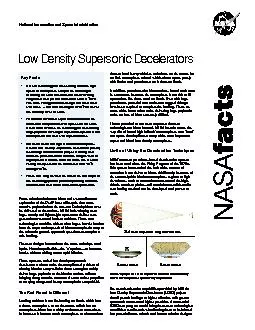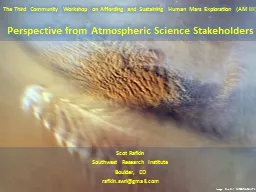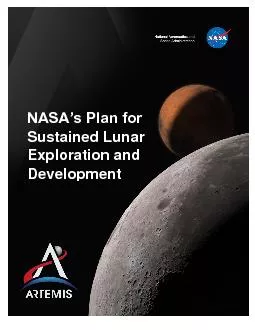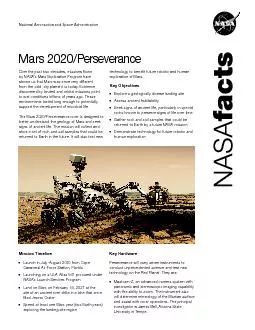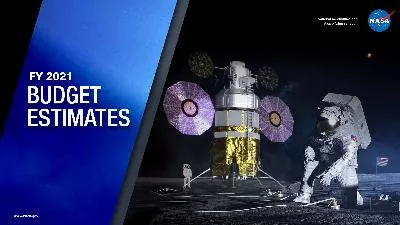PDF-Future robotic missions to Mars and eventual human exploration of the
Author : danika-pritchard | Published Date : 2015-11-07
6meter SIADR8meter SIADE 335meter Supersonic Ring Sail Parachute ational Aeronautics and Space Administration wwwnasagov Developing Crosscutting Breakthrough TechnologiesAs
Presentation Embed Code
Download Presentation
Download Presentation The PPT/PDF document "Future robotic missions to Mars and even..." is the property of its rightful owner. Permission is granted to download and print the materials on this website for personal, non-commercial use only, and to display it on your personal computer provided you do not modify the materials and that you retain all copyright notices contained in the materials. By downloading content from our website, you accept the terms of this agreement.
Future robotic missions to Mars and eventual human exploration of the: Transcript
Download Rules Of Document
"Future robotic missions to Mars and eventual human exploration of the"The content belongs to its owner. You may download and print it for personal use, without modification, and keep all copyright notices. By downloading, you agree to these terms.
Related Documents

